
How to Use sobin: Examples, Pinouts, and Specs
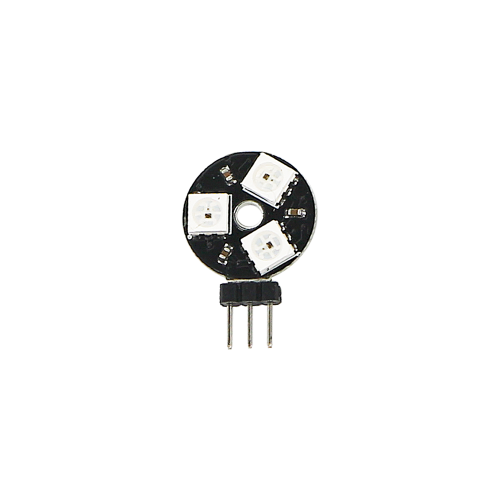
 Design with sobin in Cirkit Designer
Design with sobin in Cirkit DesignerIntroduction
The Sobin, manufactured by Arduin, is a versatile electronic component commonly used in circuits for signal processing, amplification, or other specialized functions. While it may not be widely recognized in standard electronic terminology, the Sobin is valued for its adaptability and performance in custom electronic designs. Its unique properties make it suitable for both hobbyist projects and professional applications.
Explore Projects Built with sobin
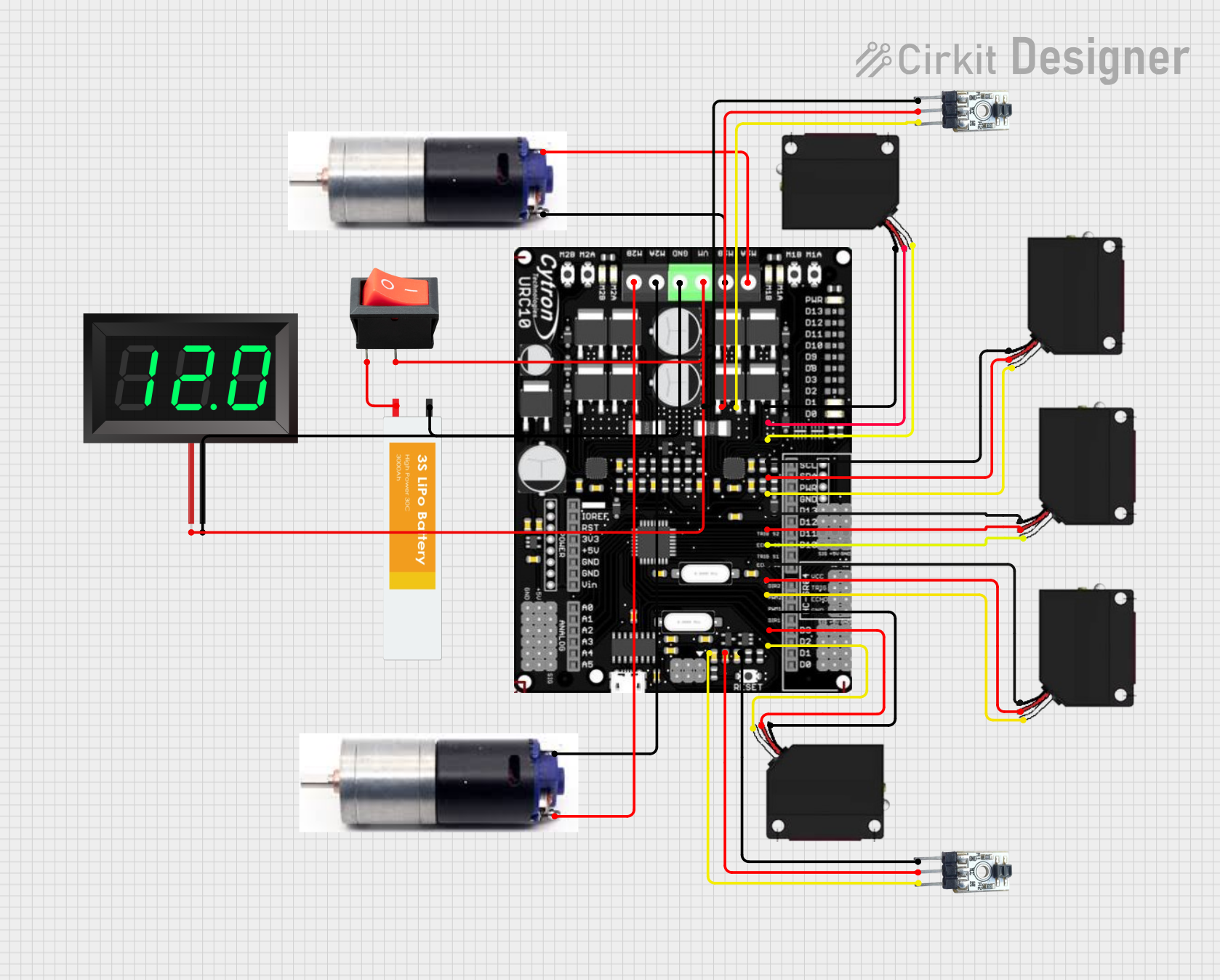
 Open Project in Cirkit Designer
Open Project in Cirkit Designer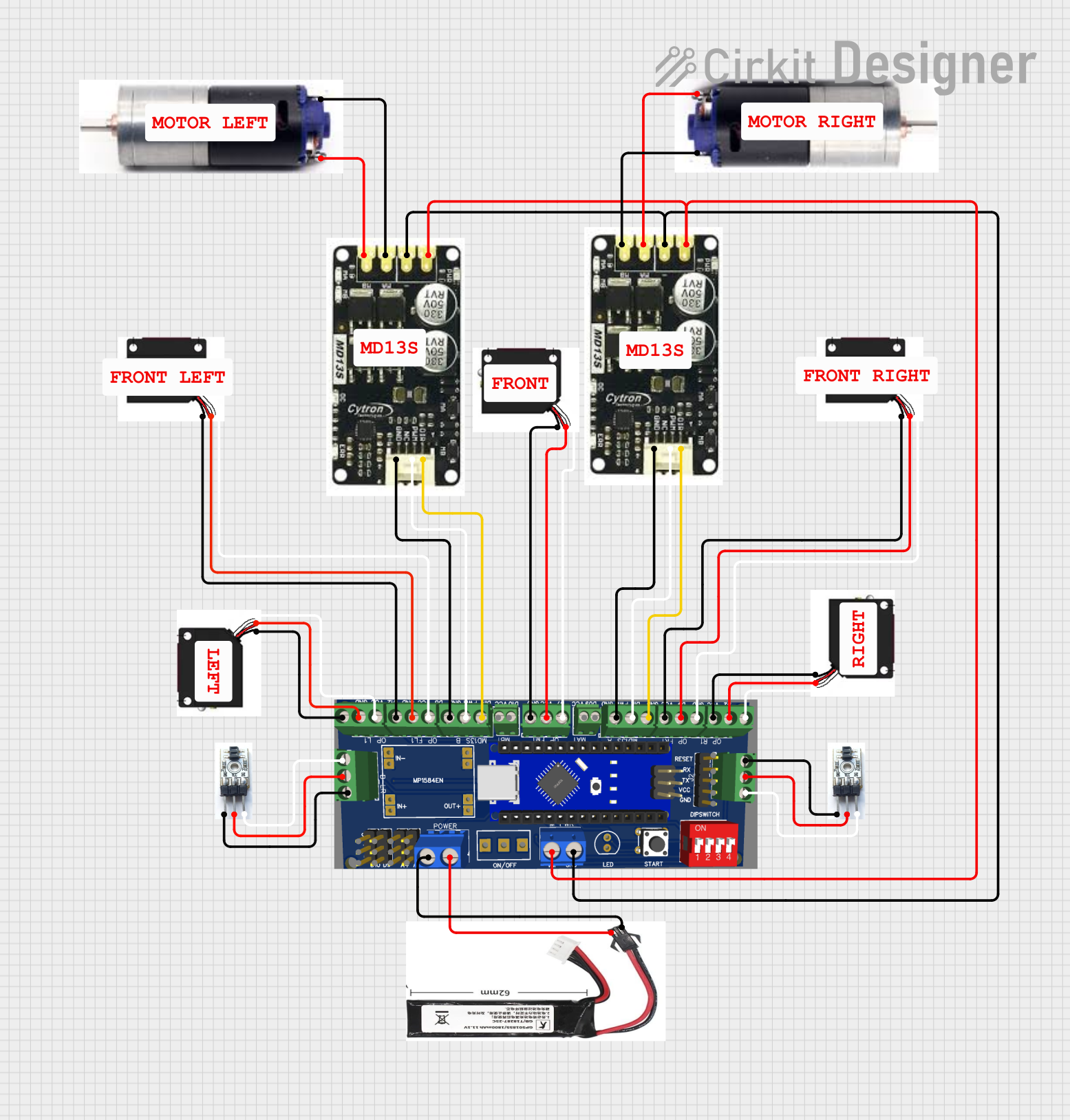
 Open Project in Cirkit Designer
Open Project in Cirkit Designer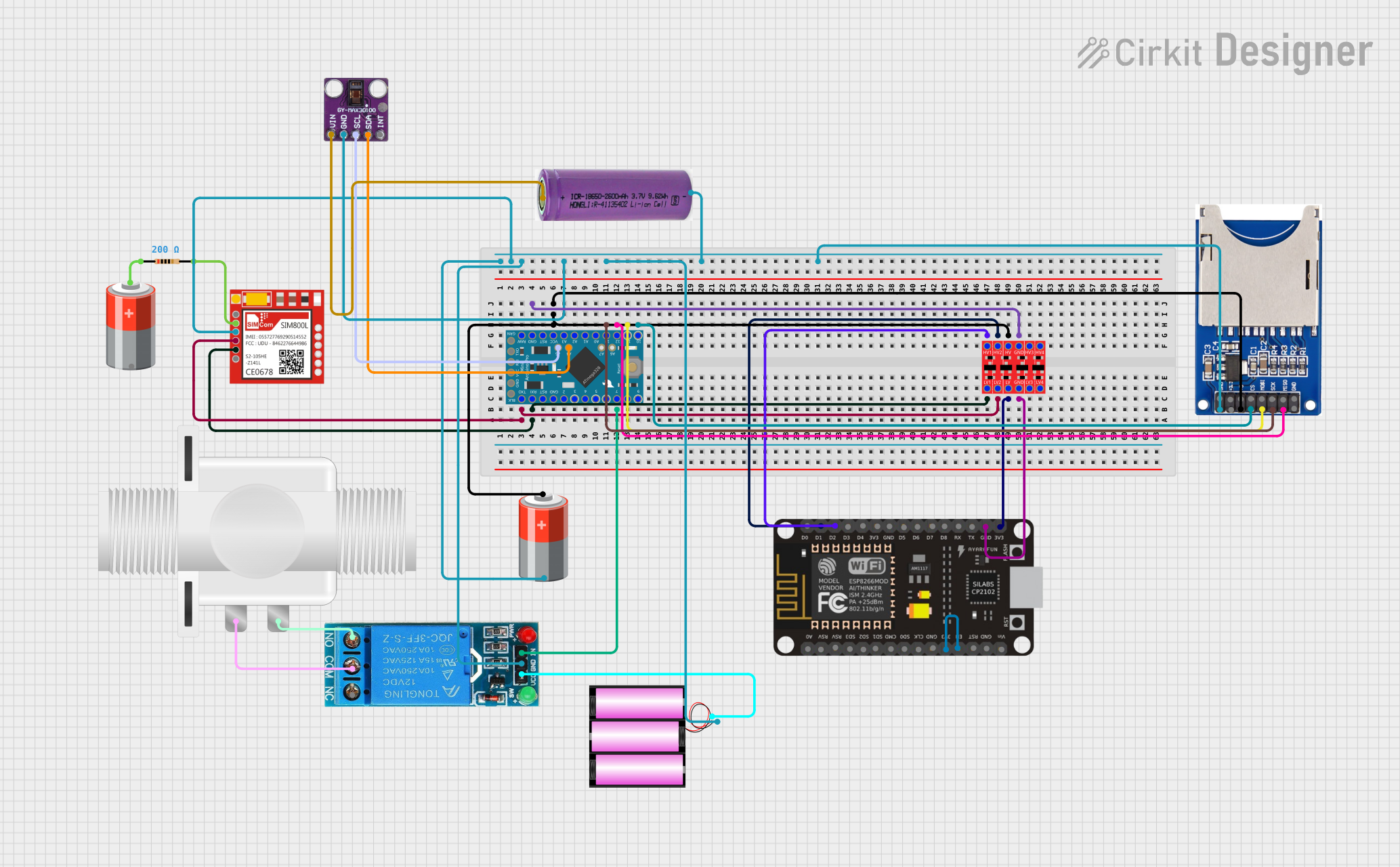
 Open Project in Cirkit Designer
Open Project in Cirkit Designer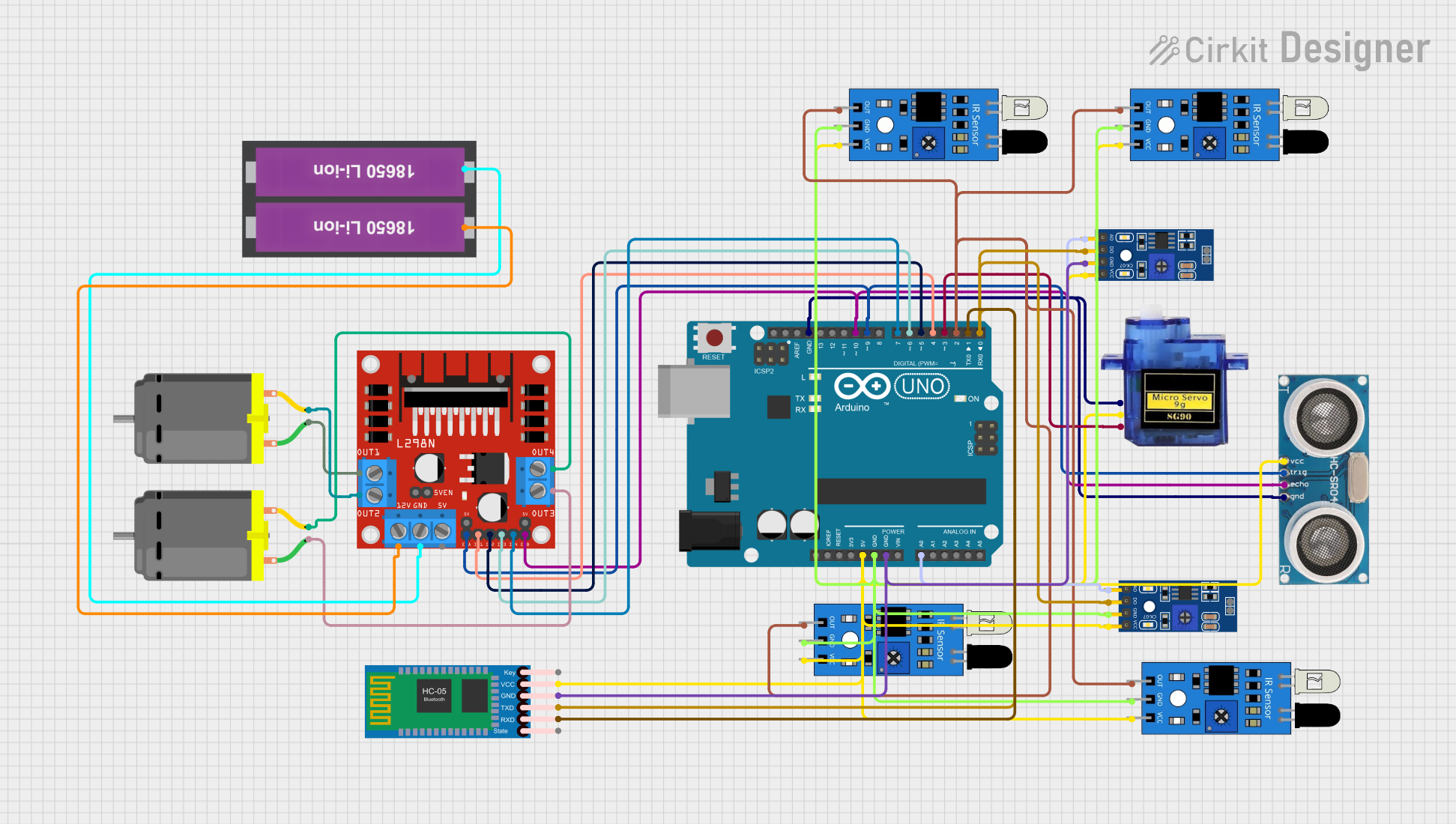
 Open Project in Cirkit Designer
Open Project in Cirkit DesignerExplore Projects Built with sobin

 Open Project in Cirkit Designer
Open Project in Cirkit Designer
 Open Project in Cirkit Designer
Open Project in Cirkit Designer
 Open Project in Cirkit Designer
Open Project in Cirkit Designer
 Open Project in Cirkit Designer
Open Project in Cirkit DesignerCommon Applications and Use Cases
- Signal amplification in audio or communication circuits
- Filtering and signal conditioning
- Custom electronic designs requiring specialized processing
- Integration with microcontrollers for advanced functionality
Technical Specifications
The Sobin is designed to operate efficiently in a variety of circuit configurations. Below are its key technical details and pin configuration.
Key Technical Details
- Operating Voltage: 3.3V to 5V DC
- Maximum Current: 50mA
- Power Dissipation: 250mW
- Frequency Range: 20Hz to 20kHz (optimized for audio signals)
- Input Impedance: 10kΩ
- Output Impedance: 1kΩ
- Temperature Range: -40°C to 85°C
Pin Configuration and Descriptions
The Sobin has a 4-pin configuration, as detailed in the table below:
| Pin Number | Pin Name | Description |
|---|---|---|
| 1 | VCC | Power supply input (3.3V to 5V DC) |
| 2 | GND | Ground connection |
| 3 | IN | Signal input (accepts analog or digital signals) |
| 4 | OUT | Signal output (processed or amplified signal) |
Usage Instructions
The Sobin is straightforward to use in a variety of circuits. Below are the steps and best practices for integrating it into your design.
How to Use the Sobin in a Circuit
- Power Connection: Connect the VCC pin to a 3.3V or 5V DC power source and the GND pin to the ground of your circuit.
- Signal Input: Feed the input signal (analog or digital) to the IN pin. Ensure the signal voltage does not exceed the operating voltage range.
- Signal Output: The processed or amplified signal will be available at the OUT pin. Connect this pin to the next stage of your circuit (e.g., a speaker, microcontroller, or another processing unit).
- Bypass Capacitor: For stable operation, place a 0.1µF ceramic capacitor between VCC and GND near the Sobin.
Important Considerations and Best Practices
- Input Signal Voltage: Ensure the input signal voltage is within the operating range to avoid damage to the component.
- Heat Dissipation: If the Sobin is used in high-power applications, consider adding a heat sink or ensuring proper ventilation.
- Noise Reduction: Use decoupling capacitors to minimize noise and ensure stable operation.
- Microcontroller Integration: When connecting the Sobin to a microcontroller like the Arduino UNO, use the OUT pin to feed the processed signal into an analog or digital input pin.
Example: Using the Sobin with an Arduino UNO
Below is an example of how to use the Sobin with an Arduino UNO to process an analog signal.
// Example: Using the Sobin with Arduino UNO
// This code reads the processed signal from the Sobin's OUT pin and displays
// the signal value on the Serial Monitor.
const int sobinOutPin = A0; // Sobin OUT pin connected to Arduino analog pin A0
void setup() {
Serial.begin(9600); // Initialize serial communication at 9600 baud
}
void loop() {
int signalValue = analogRead(sobinOutPin); // Read the signal from the Sobin
Serial.print("Signal Value: ");
Serial.println(signalValue); // Print the signal value to the Serial Monitor
delay(100); // Delay for 100ms before the next reading
}
Troubleshooting and FAQs
Common Issues and Solutions
No Output Signal
- Cause: Incorrect power supply or loose connections.
- Solution: Verify that the VCC and GND pins are properly connected and the power supply is within the specified range.
Distorted Output Signal
- Cause: Input signal voltage is too high or too low.
- Solution: Ensure the input signal voltage is within the operating range of the Sobin.
Overheating
- Cause: Excessive current draw or insufficient heat dissipation.
- Solution: Check the circuit design for excessive current and add a heat sink if necessary.
Noise in Output Signal
- Cause: Power supply noise or improper grounding.
- Solution: Use decoupling capacitors and ensure a solid ground connection.
FAQs
Q: Can the Sobin handle digital signals?
A: Yes, the Sobin can process both analog and digital signals, provided they are within the specified voltage range.
Q: Is the Sobin compatible with 3.3V systems?
A: Yes, the Sobin operates with both 3.3V and 5V power supplies, making it compatible with a wide range of systems.
Q: What is the maximum input signal frequency?
A: The Sobin is optimized for frequencies between 20Hz and 20kHz, making it ideal for audio applications.
Q: Can I use the Sobin for amplification only?
A: Yes, the Sobin can be used solely for amplification or in combination with other functions, depending on your circuit design.
By following this documentation, you can effectively integrate the Sobin into your electronic projects and troubleshoot any issues that may arise.